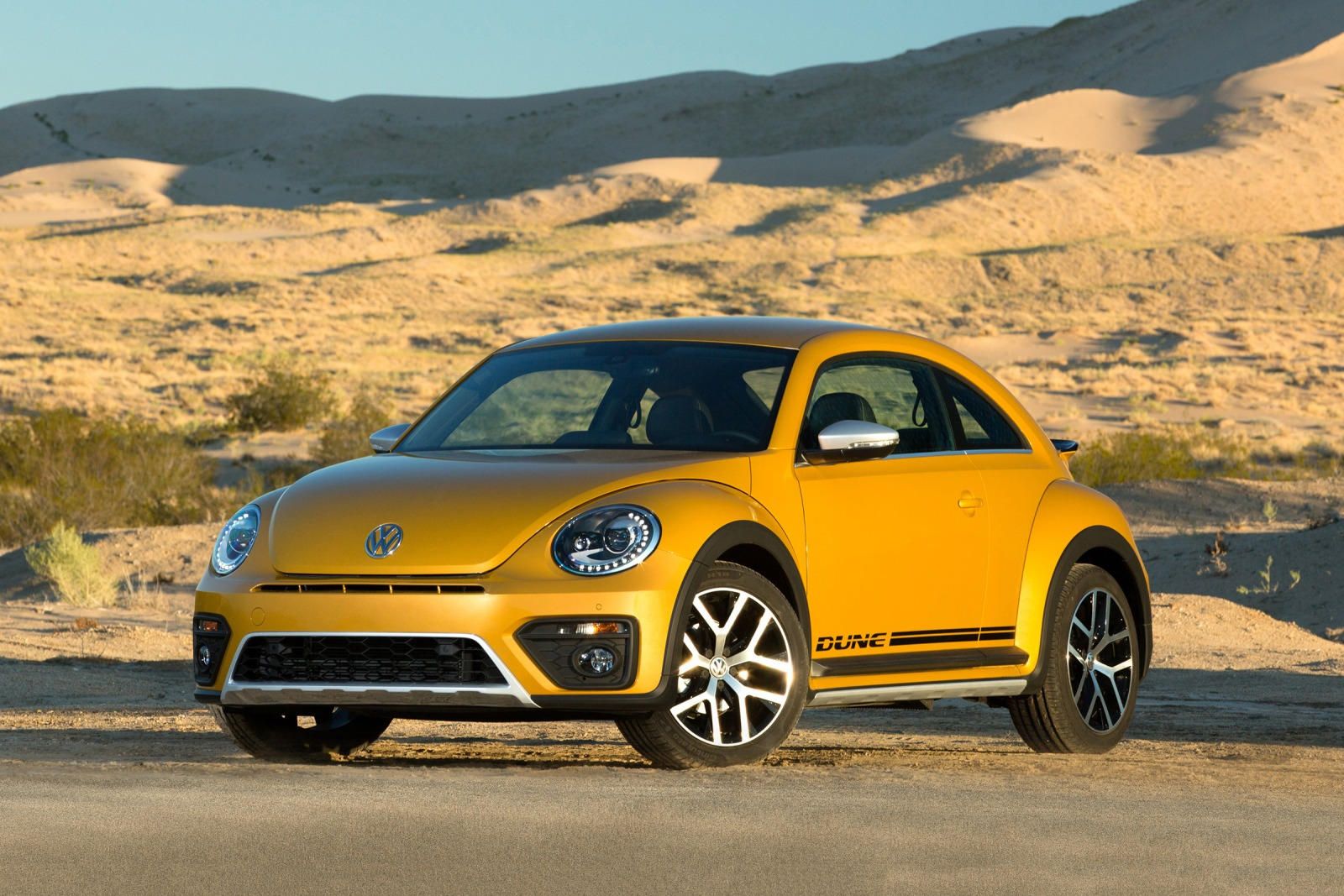
Volkswagen is fully embracing an electric future, and the success of cars like the ID.4 is an integral part of seeing that vision through to reality. But without the original Beetle, Volkswagen may never have grown to become the global powerhouse it is today. Although that car is officially dead, the principles of simplicity and affordable mobility are still relevant today, 75 years on from the birth of the original Bug. So how did it come about? What's the history of this universally loved people carrier? Volkswagen digs into the archives to give us the rundown on one of the most successful cars ever made.
Firstly, the Beetle was not always known as such. Originally, it was called the Type 1, and series production of this car started on December 27, 1945. The famous Wolfsburg plant was the site of its production and was originally planned as a prestige project of the National Socialists. However, from 1939 on, the Wolfsburg plant was repurposed to produce armaments. When the end of World War II finally came, only 630 units of this prestige model (then renamed "KdF-Wagen) had been completed. But when the British got involved, Major Ivan Hirst saw the potential of the vehicle and its happy story began.
The British Military Government, under the guidance of Hirst, was quick to repurpose the Wolfsburg plant to build cars again, and 20,000 vehicles were ordered by the British in August 1945. With the land still recovering from the war, supply of food and other necessities was short. Nevertheless, 55 vehicles left the factory by the end of the year. Thereafter, approximately 1,000 units were being built every month. More could have been made, but the supply of raw materials played a big role here. Nevertheless, export of the car began in 1947, and the rest, as they say, is history. Production of the Beetle finally ceased in 2003, after roughly 21,529,464 had been manufactured.
